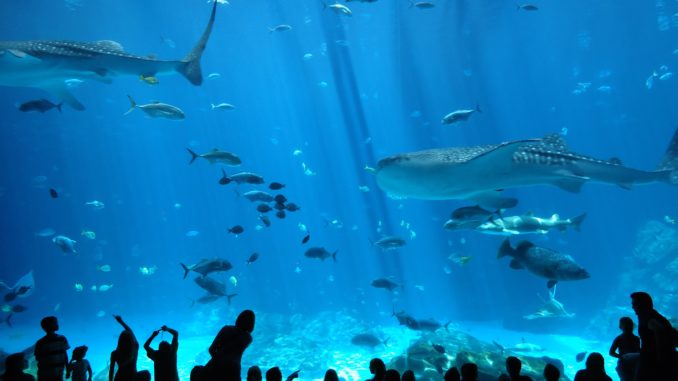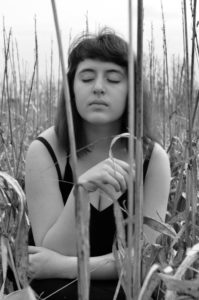
The art department at Truman State University recently approved a reinstatement of the photography concentration and will now go to the Dean of the School of Arts and Letters for further review.
Priya Kambli, Professor of Art, Photography and Foundations, started developing the photography concentration about a year ago after art students responded to an interest survey. The survey reported that 11 of the 23 students who responded would be interested in switching to a photography concentration if it was available.
The Approval Process
Aaron Fine, Art Department Chair, approved the photography concentration, which now goes to and must now be reviewed by James O’Donnell, the Dean of the School of Arts and Letters.
Registrar Maggie Herron says the paperwork must be in by October in order to continue the approval process.
“If they meet this deadline that means that everything should route through all the approval processes and as long as it gets to the coordinating board in February-our catalog goes live on May 1st.” says Herron.
Concentration vs Major
Concentrations are much easier to create than a major. A concentration is a branch off of an already existing major, therefore the approval process is shorter.
James O’Donnell, Dean of the School of Arts and Letters, clarified the differences between making a concentration and a major.
“Making a new major is very difficult,” says O’Donnell. “That’s the beauty of doing photo as a concentration inside of a major, it requires less stops along the way before it’s finally done.”
If O’Donnell approves, the concentration then goes through an approval process with
other university governing bodies, including the Undergraduate Council, Faculty Senate before proceeding to the offices of the provost and president.
Majors have to go through additional steps: the University Government and also final approval is done by the Coordinating Board for Higher Education in Missouri.
Reduce, Reuse, Recycle
Truman used to have photography as a concentration but it was discontinued around the year 2000 due to lack of interest. Fine says photography was not the same as it is now with the digital age, and interest then had dropped off significantly enough to cut the program.
“The photo concentration that existed then just didn’t have enough enrollment to justify continuing offering that major” said Fine.
Pure Concentrate
The structure of the concentration will be based off of the existing layout from the previous photography concentration. It will be laid out similarly to how other Art concentrations are currently. There are the basic Art classes that everyone has to take before ‘concentrating’ on a specific trade such as painting and printing. These upper level concentrations have a two year course schedule.
It will be laid out similarly to how other Art concentrations are currently. There are the basic Art classes that everyone has to take before ‘concentrating’ on a specific trade such as painting and printing. These upper level concentrations have a two year course schedule.
Priya Kambli, who specializes in photography, will be teaching similar courses as she is now, meaning that there will not need to be additional hires. They will be using the catalog that existed in the 90’s as a base for the new courses and catalog, but it will not be an exact replica.

